Lantana produces brightly colored aromatic blooms which not only splash color and radiance to a garden but also make it a home for various butterfly species and pollinating bees. Because of its ability to thrive in areas with water scarcity, it is a highly welcome addition to desert gardens, where it stays in bloom all year round.
About Lantana
Lantana is a fast-growing, heavily branched shrub of the Verbana family Verbanaceae, consisting of more than 150 species of plants. It can grow as a climbing vine, dense thicket, or compact shrub. Lantana flowers are inflorescences consisting of many florets that may be divided into two or three shades. They are an excellent source of nectar for Skipper, Brushfoot and Swallowtail butterflies, and the White-lined sphinx moth. Lantana can be used as a border plant, planted in containers and also trained on standards. Ensure to prune your plant to desired size as Lantana spreads fast and may extend where it is not wanted.
| Scientific name | Lantana camara |
| Common name | Lantana, shrub verbena |
| Family | Verbanaceae |
| Plant type | Annual, Perennial in zones 9-11 |
| Mature plant size | 8-12 inches high, 10-12 inches wide |
| Soil pH | 6.0-8.0 |
| Light/Sun exposure | Full sun |
| Hardiness zones | Thrives in all zones from spring to fall, not winter hardy |
| Bloom time | Spring to fall, all year round in frost free areas |
| Leaf color | Green |
| Flower color | Red, pink, purple, white, orange and yellow |
| Native area | North, Central and South America |
Some Lantana varieties to grow
Dallas red has solid red flowers.
Patriot rainbow is free blooming with magenta flowers.
Imperial purple is a trailing variety with purple flowers.
White lightning is a trailing variety with white flowers.
Spreading sunset is an upright variety with creamy, golden eyed flowers.
Patriot tangerine has hot orange flowers.
Weeping white is a trailing variety with white flowers.
Irene has intense magenta flowers.
Climatic factors
For proper leaf and flower growth, lantana needs to be planted in an area that receives full sun or partial shade. Lantana is not a winter hardy plant; therefore, it should be planted when all danger of frost is gone. In tropical and subtropical areas, lantana blooms all year round.
Soil requirements
Lantana will grow in about any soil type apart from saline soil where it may not thrive well, however, use rich, well-drained soil to facilitate optimum growth.
Purchasing plants
Purchase plants that are healthy and in good condition. On receiving your plants, plant them as soon as possible to prevent them from wilting. If you are to plant them at a later time, keep them hydrated by watering.
Soil preparation
Till the soil up to 12-15 inches deep. Add a 2–4-inch layer of organic manure in form of compost, animal dung or peat moss and mix well with soil. Lantana should be allocated enough space if it is to be grown as a ground cover to enable it spread out freely to form a beauteous field/stretch.
Planting Lantana from root balls
Dig holes that are twice as deep and twice as wide as the root zone of the plant. The holes should be dug about 12 inches apart since plants keep spreading out as they grow.
Submerge the plant’s rootzone in water for 10-15 minutes for complete hydration.
Fill a small part of the hole with soil and place the rootzone of the plant into the hole, then cover firmly with soil.
Water thoroughly to enable roots attach firmly to the soil.
Continual care for growing plants
Watering: Once lantana is established, it needs little to no watering, however, occasional watering during dry seasons will enable the plants to grow well.
Mulching: Suppresses the growth of weeds and keeps moisture locked in the soil.
Pruning: Remove dead stems and leaves for an attractive appearance and growth of new foliage and flowers. Pruning helps control plant size and achieve desired shape.
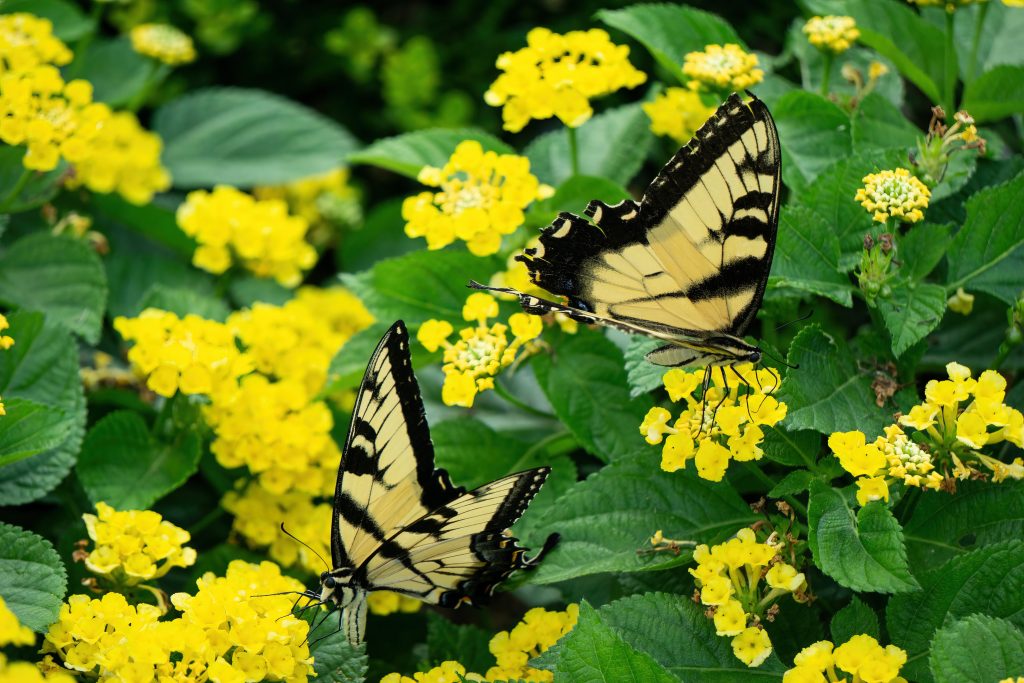
Toxicity of Lantana
Lantana is toxic to pets and other animals like cattle, sheep, goats and rabbits. In humans, it causes brief skin rash when one’s skin comes into physical contact with leaves of some varieties and can cause poisoning in children if they eat the unripe berries. Symptoms of poisoning include loss of appetite and digestive problems.
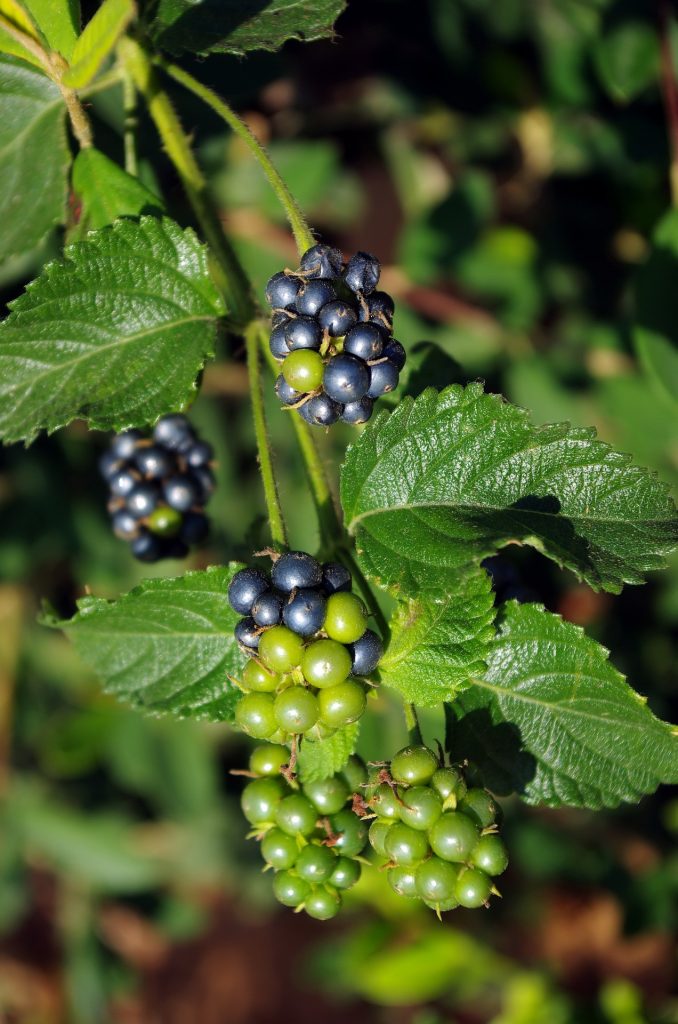

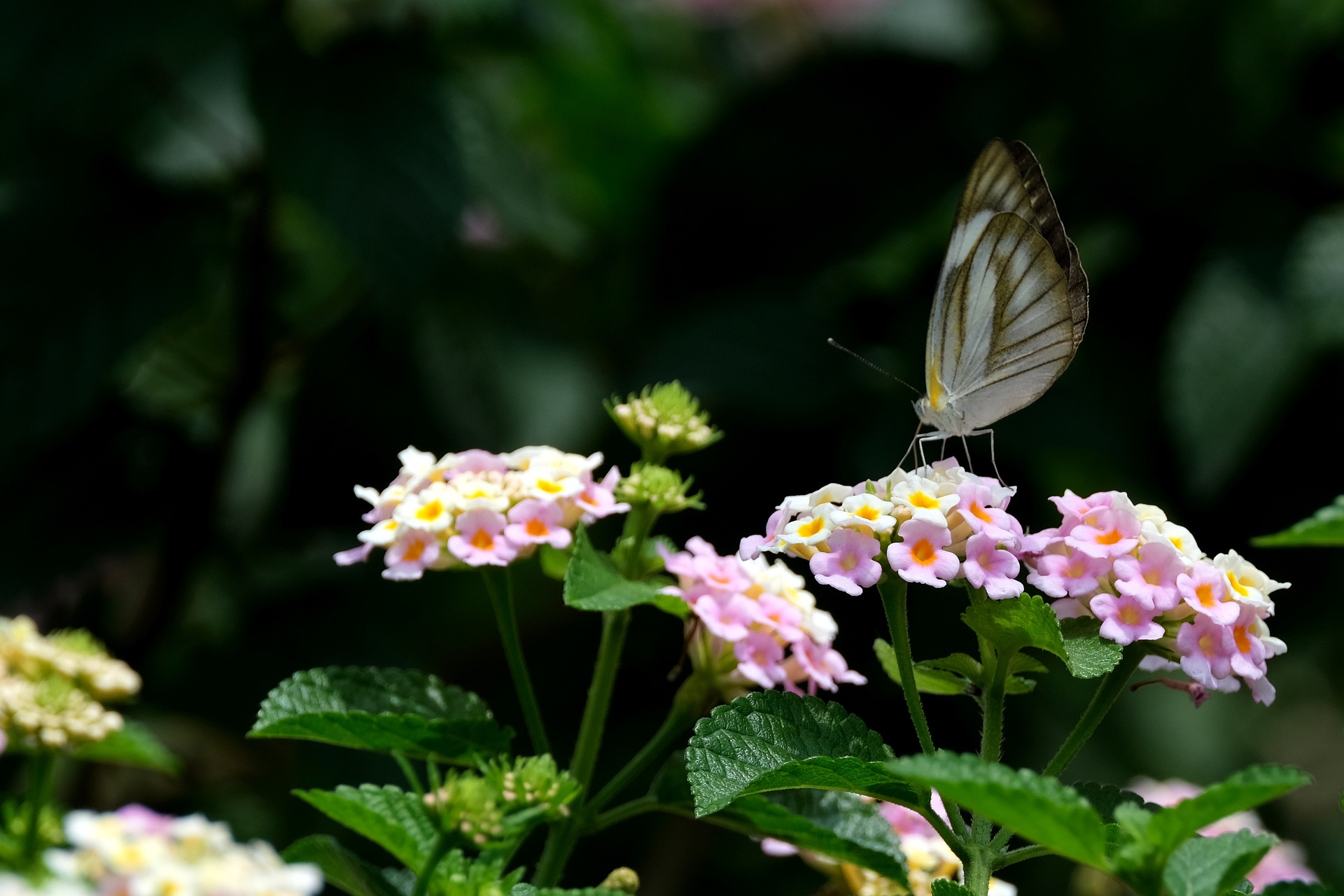
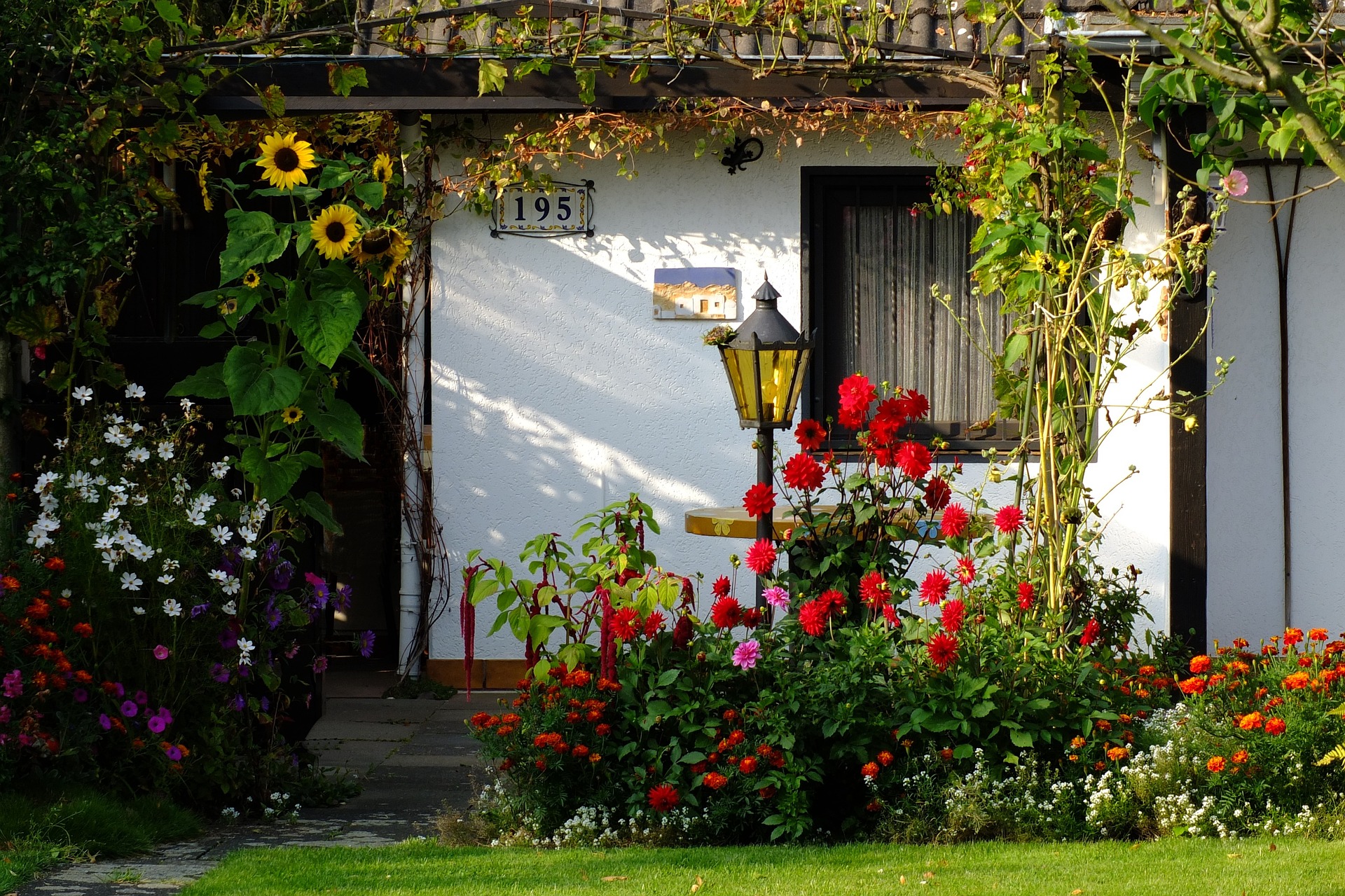
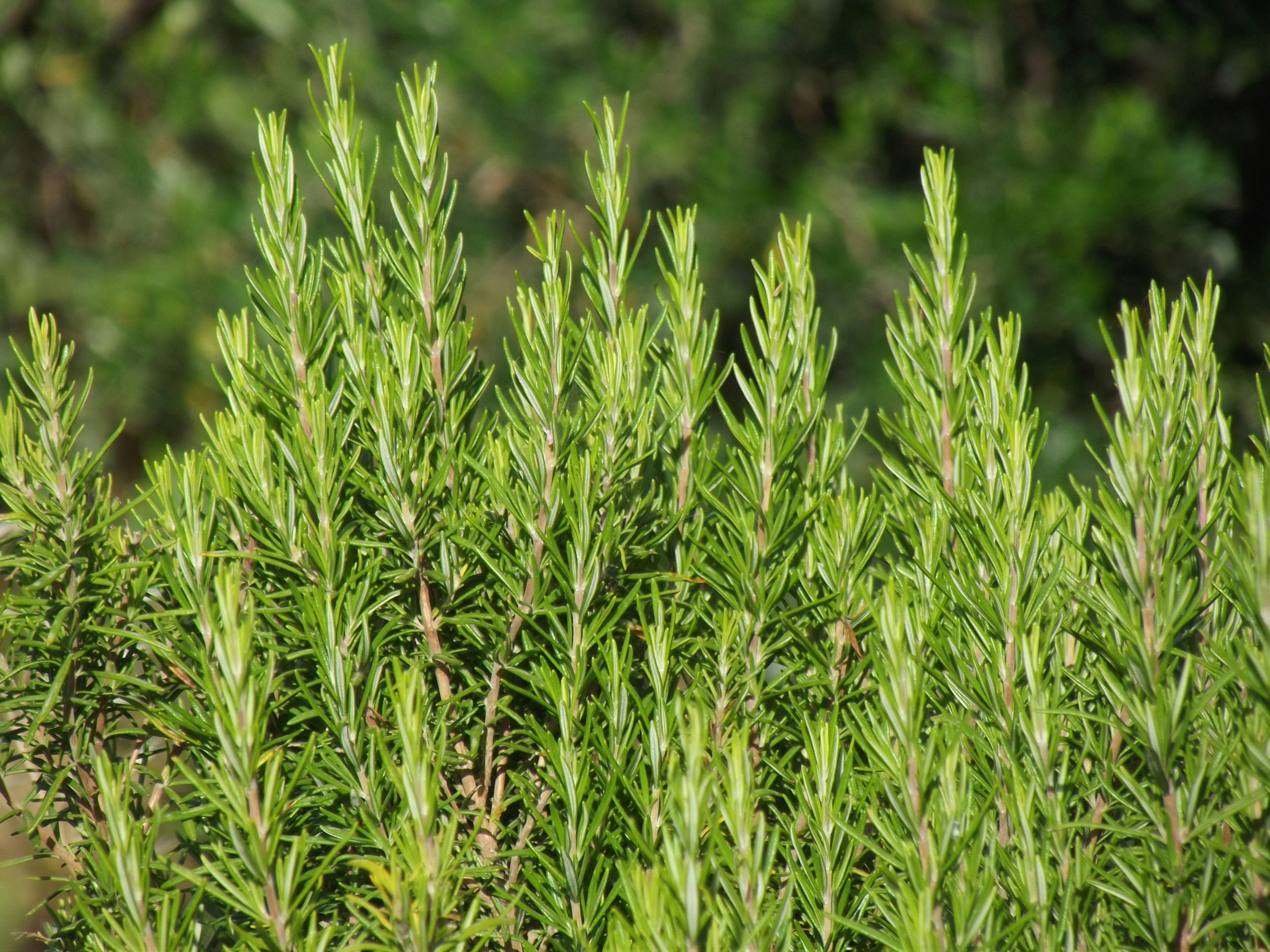
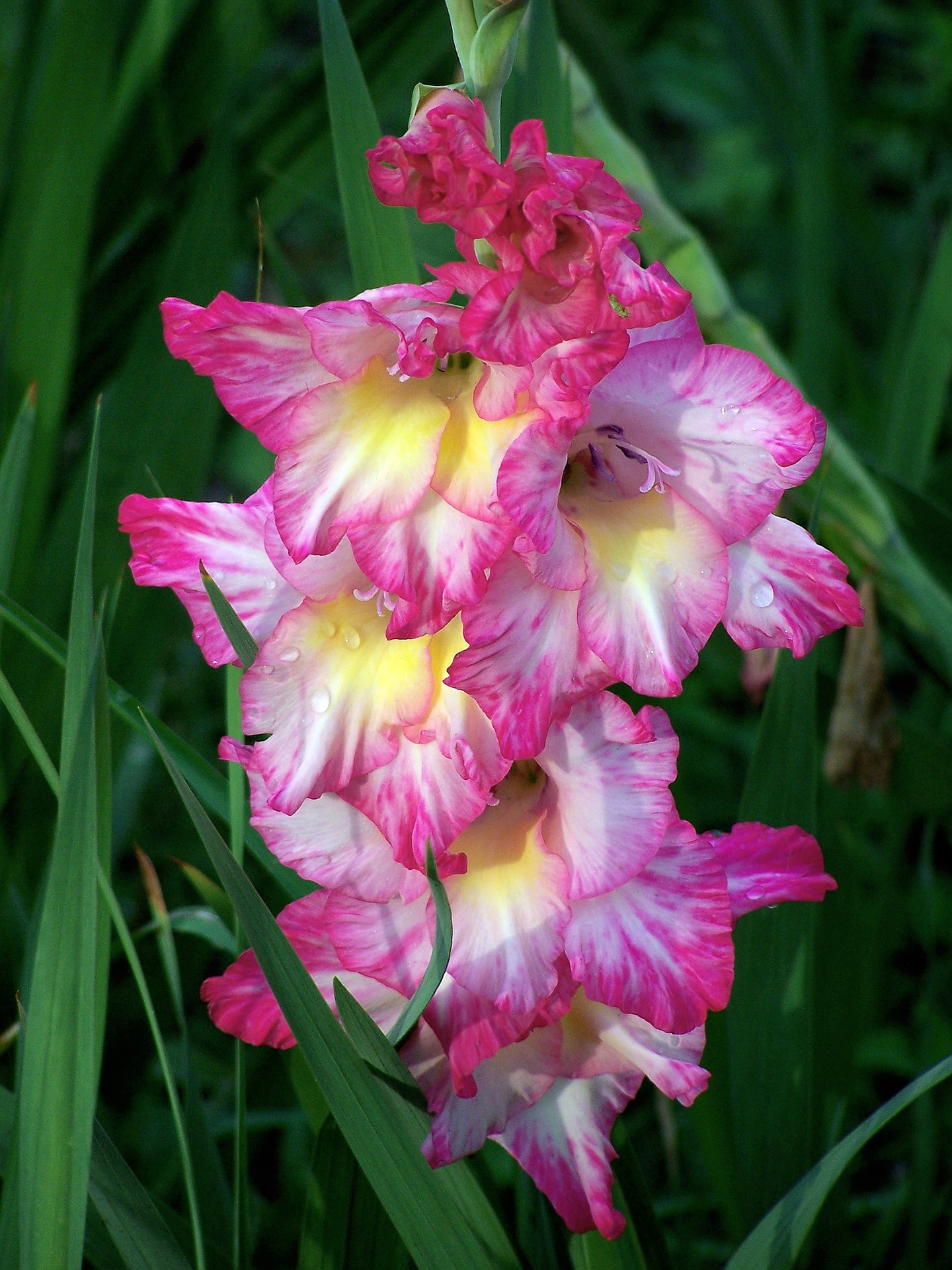
wow…. i didnt know ripe berries of latana are edible..
Hello Byron, Lantana berries may look enticing to eat especially to children and some animals but are actually toxic.